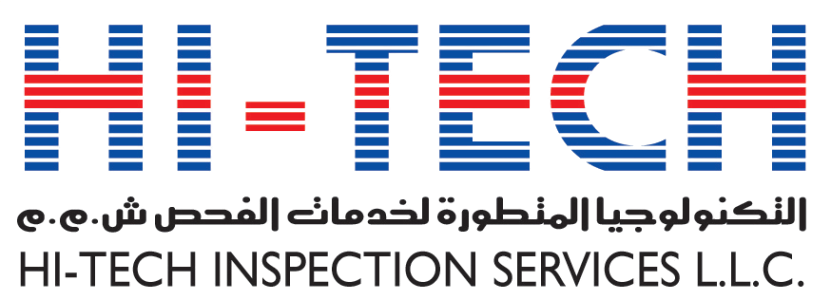Guided wave ultrasonic testing detects corrosion damage and other defects over long (10m-50m) distances in piping. A special tool (transducer ring) is clamped around the pipe and transmits guided waves in both directions along the pipe. Reflected signals from defects and pipe features such as welds are received by the transducer ring and sent to the main unit. Ultrasonic signals swept over the full frequency range, in both directions, in a single shot. In addition to faster, more efficient data acquisition, having all the data in a single file makes analysis faster and more certain. Special, wide frequency probes are available for cases such as buried pipe where attenuation is too high over the standard frequency range. Sophisticated software routines help identify and classify signals from the pipe. Embedded reporting software allows the operator to analyse the results and produce a report on the spot. Enhanced Focusing Capability (EFC) rings (pipes 4” and above) improve defect characterization and provides colour coded C-Scan type maps of the pipe. In effect, the EFC processing focuses on all reflectors over the entire range of the shot. This improves sensitivity as well as making the guided wave data more understandable to the end user.
